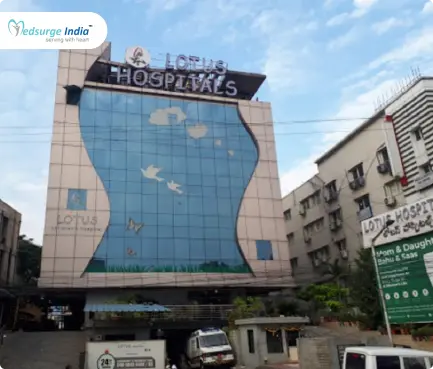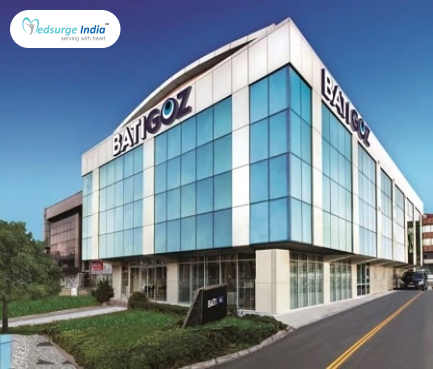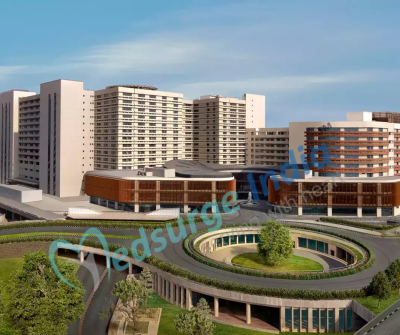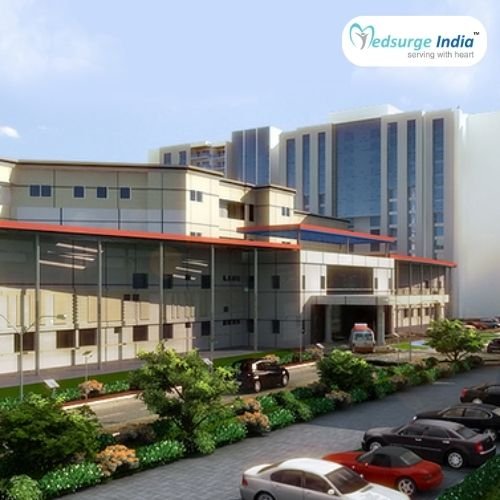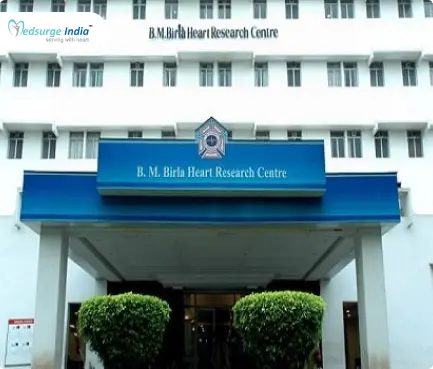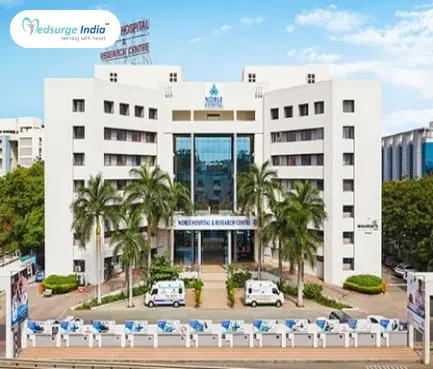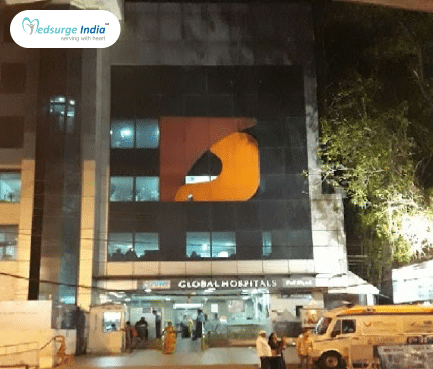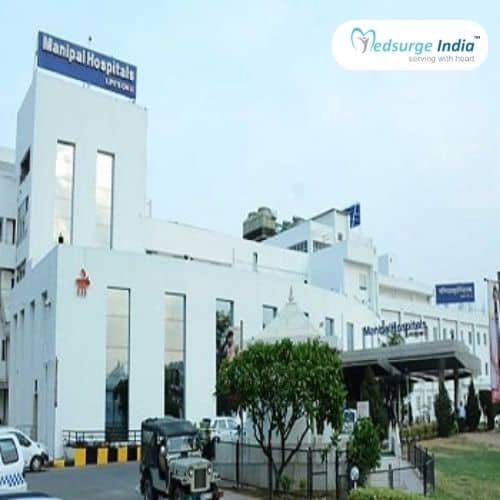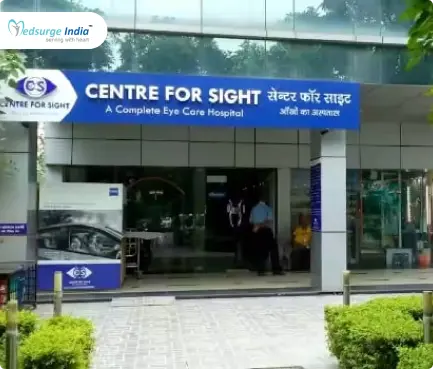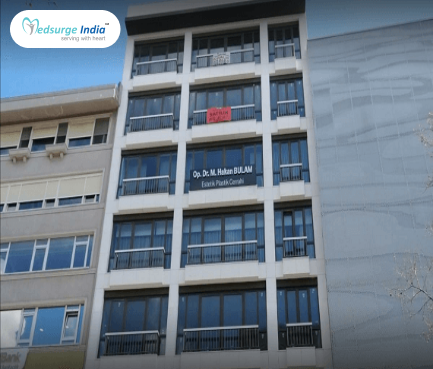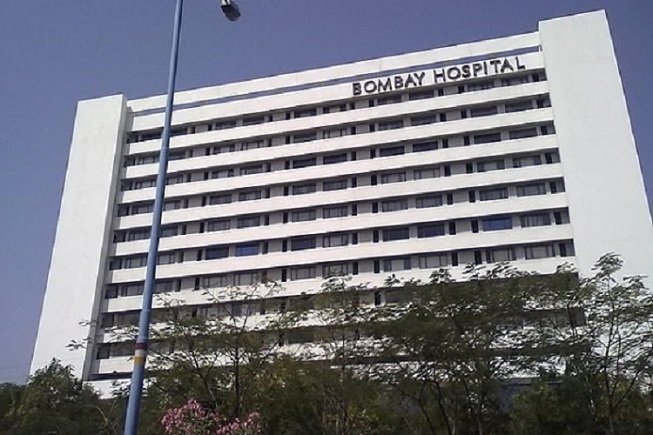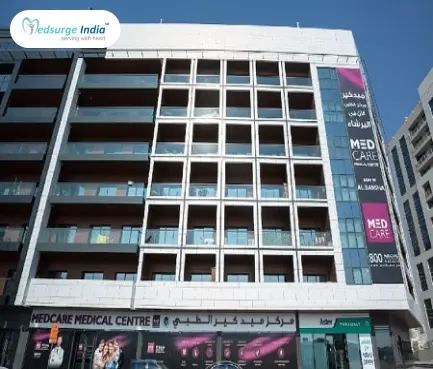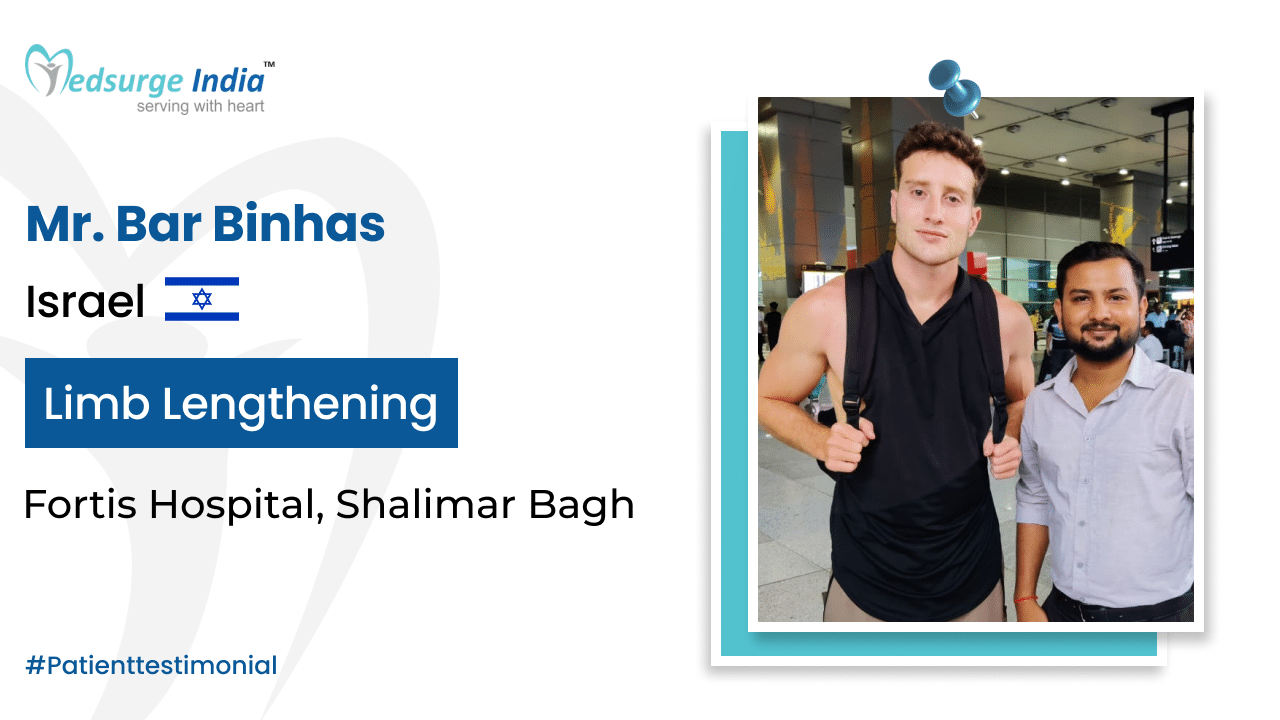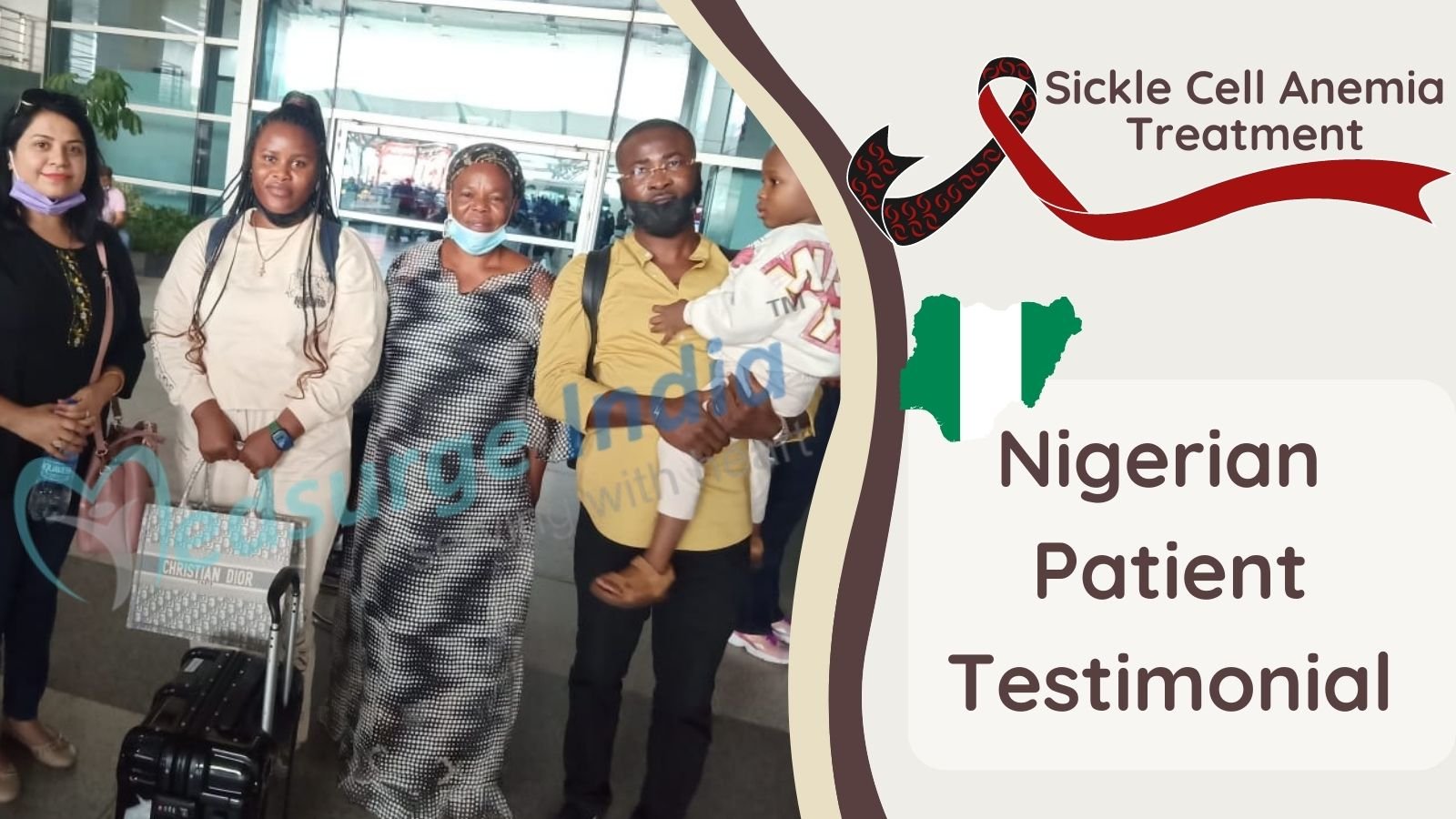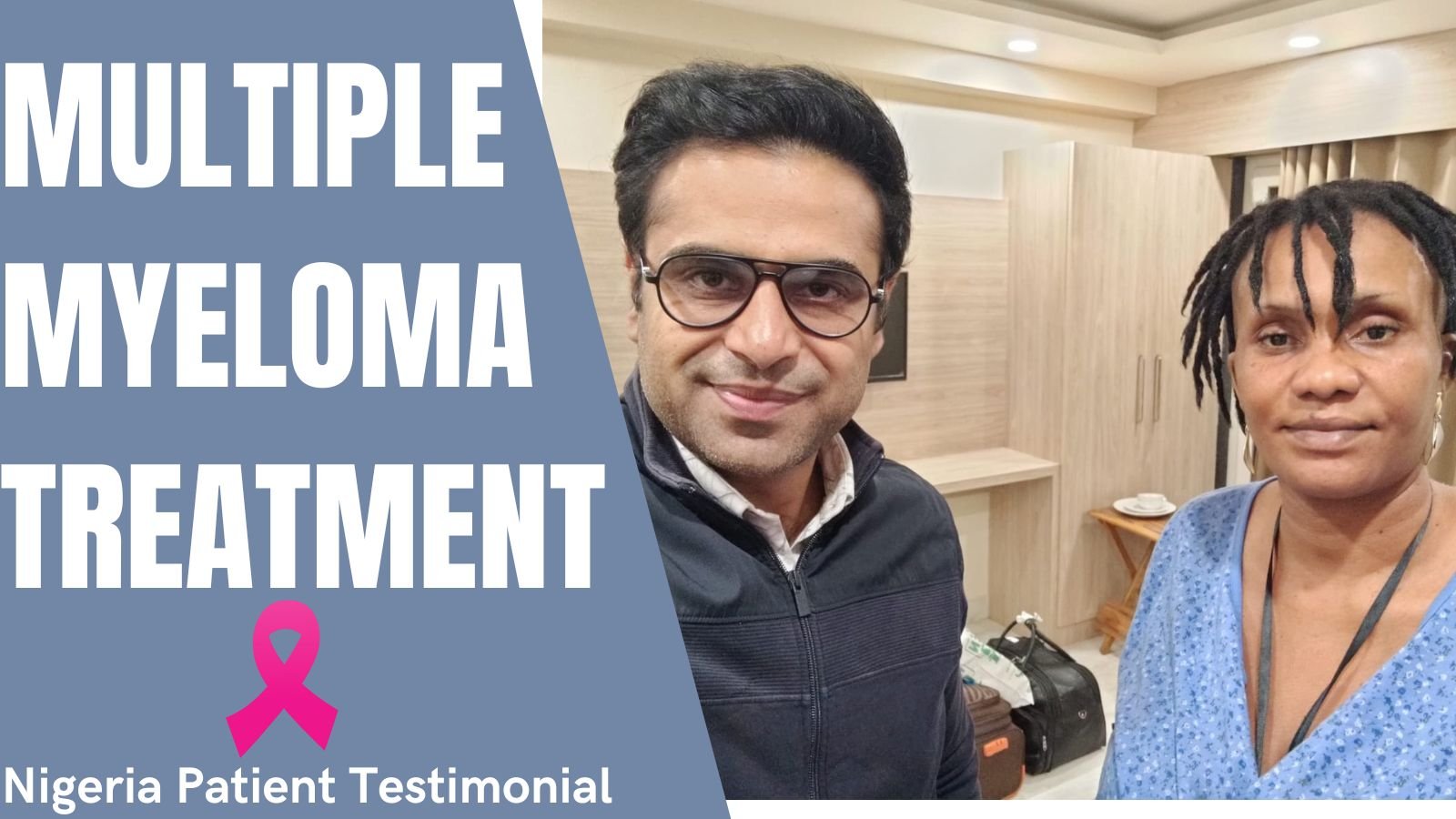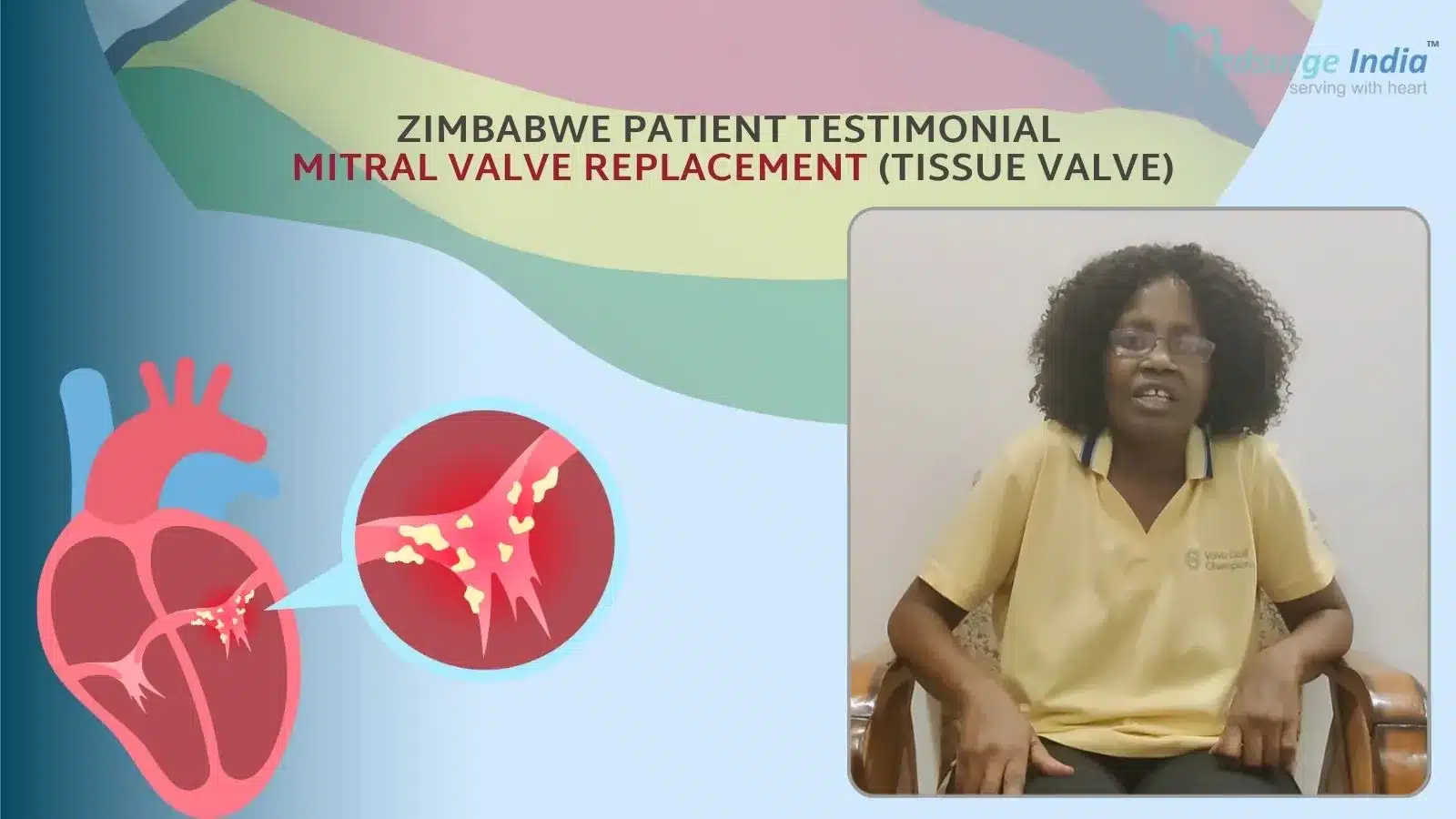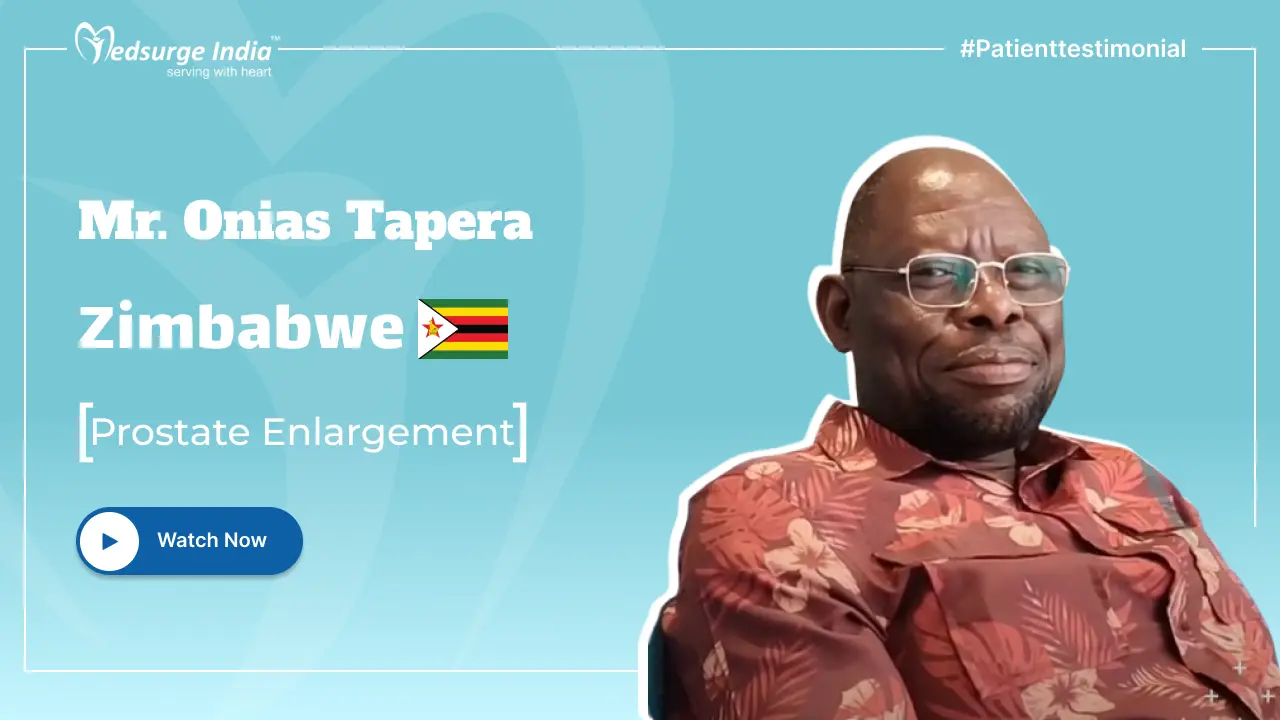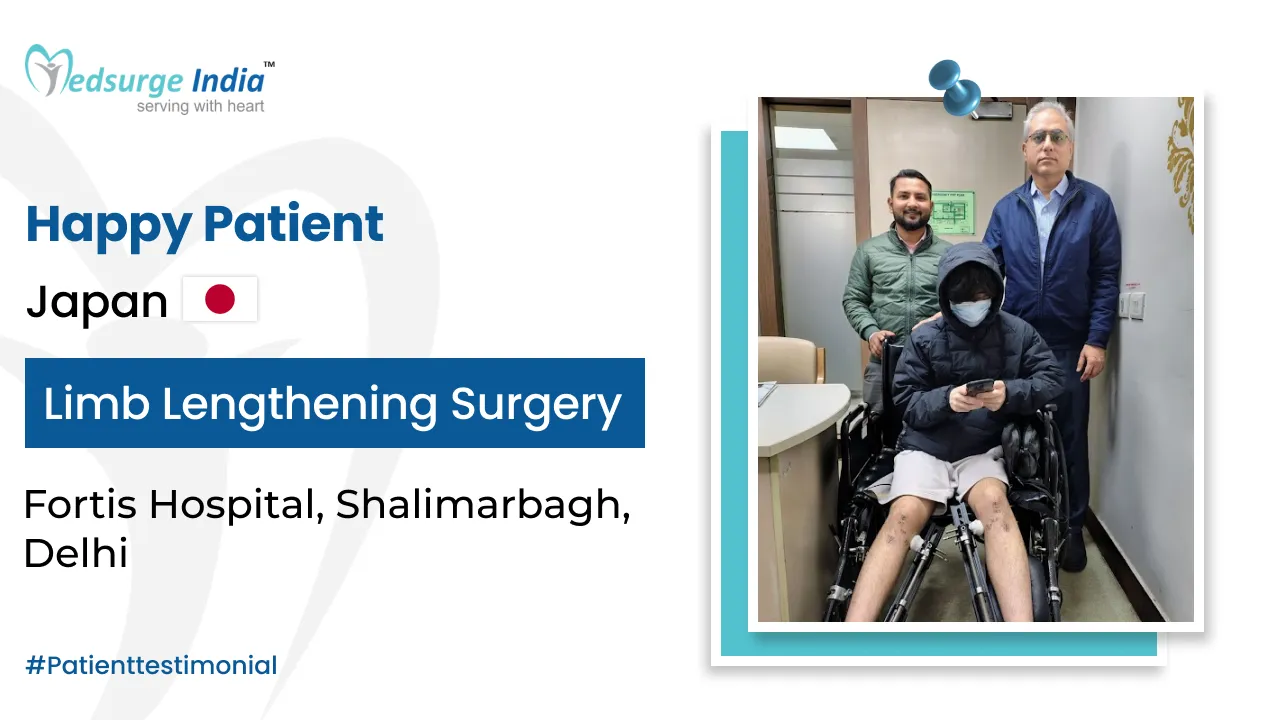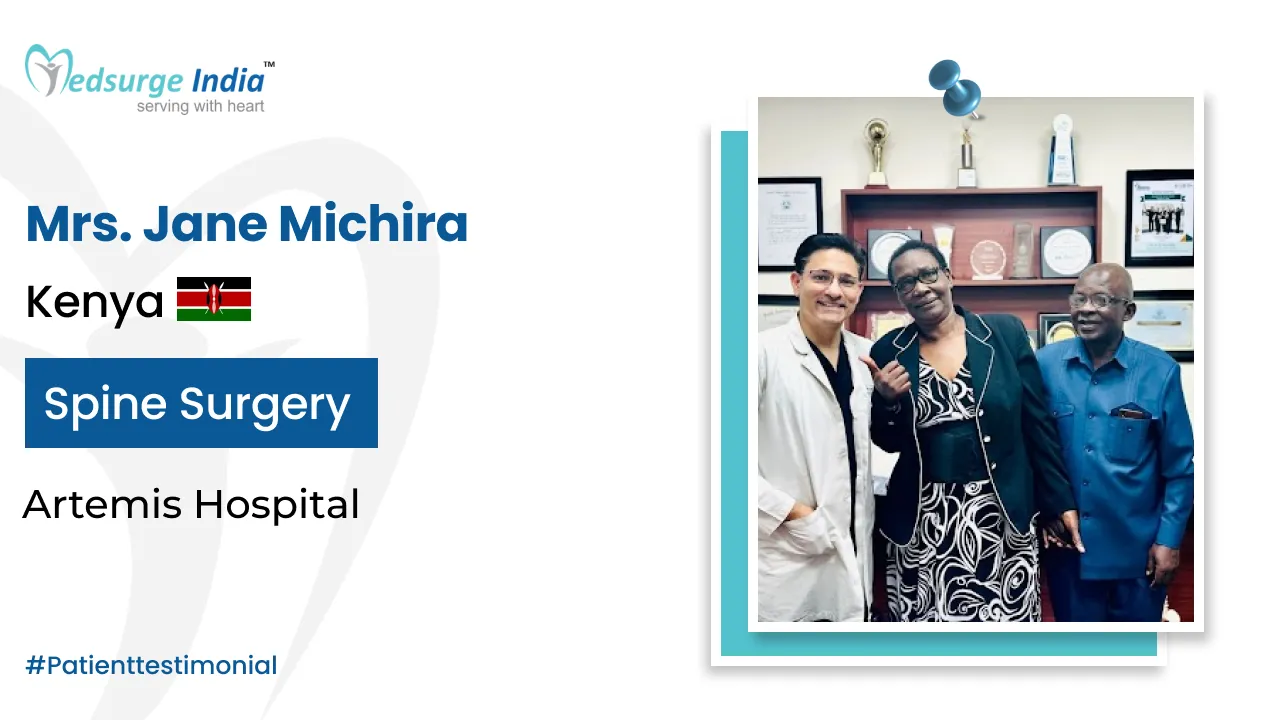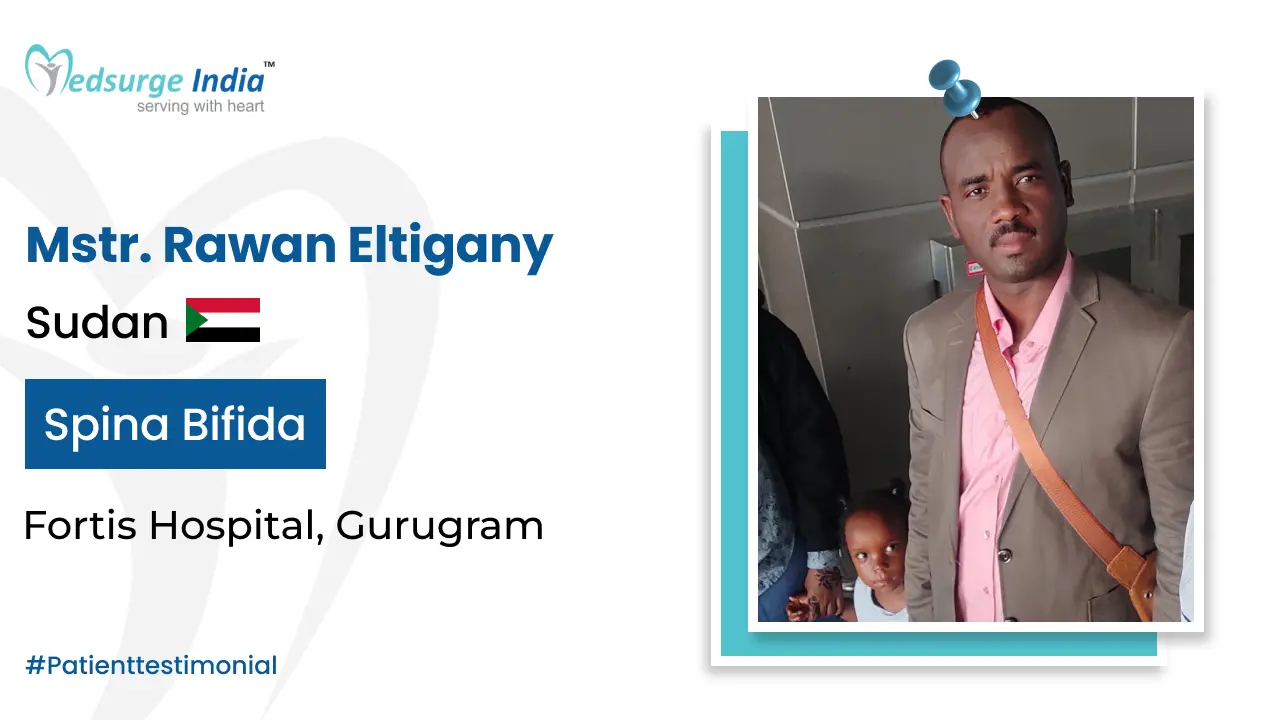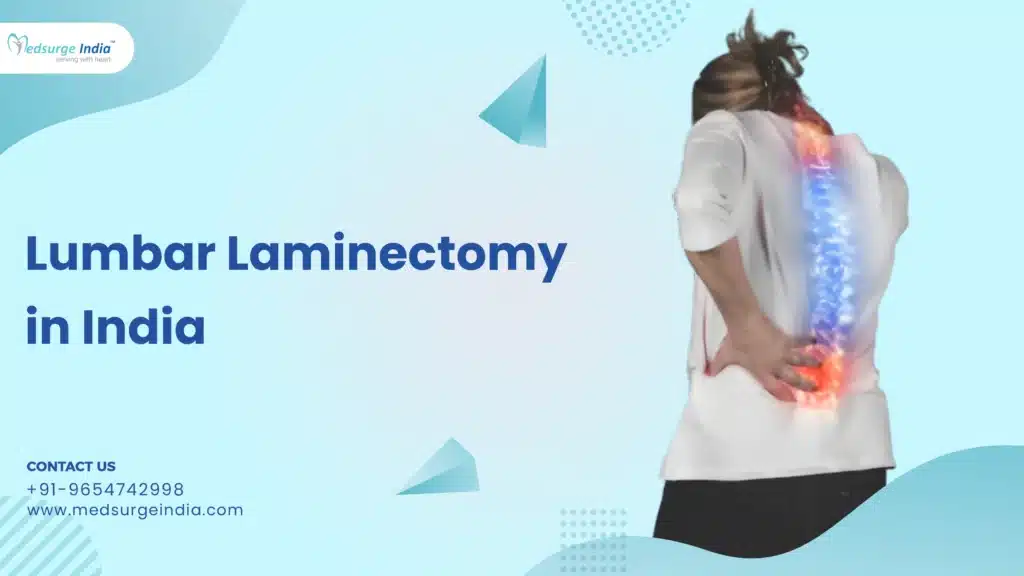
Lumbar Laminectomy Cost in India
Lumbar Laminectomy Cost in India starts from ₹55,000 and ₹2,10,000 ($660 to $2,400 USD). The cost of care varies from case to case and a specialist examination is recommended to assess the appropriate treatment procedure/approach. The cost & quality of care, including the treatment process, the room category, and many other factors, are also influenced by several external factors.
Lumbar Laminectomy Cost in India Vs Other Countries
| Countries | Cost |
| India | $3,000 to $8,000 |
| United State | $77,000 |
| Australia | $20,000 to $35,000 |
| Russia | $4000 to $20,000 |
| UAE | $12,000 to $20,000 |
Factors That Can Affect Lumbar Laminectomy Cost in India
The cost of lumbar laminectomy cost in India varies depending on several factors. Here are some key factors that can affect the cost of lumbar laminectomy in India:
- Hospital Selection: Premium private hospitals typically have higher fees compared to government facilities or smaller private institutions. The geographical location is significant; metropolitan areas like Delhi, Mumbai, and Bangalore generally incur greater costs than less populated cities.
- Surgeon’s Qualifications: Consultation and surgical fees are typically higher for neurosurgeons or orthopedic spine specialists with extensive experience can affect the cost of lumbar laminectomy in India.
- Laminectomy Procedure Type: Traditional open laminectomy tends to be more affordable than minimally invasive laminectomy, which necessitates advanced equipment which affects the cost of lumbar laminectomy in India.
- Accommodation Type & Duration of Stay: Economy or shared rooms are more cost-effective than private or deluxe accommodations. Additionally, extended hospital stays will lead to increased overall expenses.
- Diagnostic Assessments & Imaging: Expenses can rise due to pre-operative tests such as MRIs, CT scans, blood tests, and X-rays.
- Medical Devices & Implants (if applicable): The need for spinal fusion or implants, including screws, rods, or artificial discs, can significantly elevate the cost of lumbar laminectomy in India.
- Post-Operative Care & Rehabilitation: Expenses may increase due to physiotherapy sessions following surgery. Costs for medications, follow-up appointments, and pain management treatments also add to the total cost of lumbar laminectomy in India.
What is a Lumbar Laminectomy Surgery?
A lumbar laminectomy is a surgical intervention conducted by a spine specialist aimed at alleviating pressure on a spinal nerve in the lower back. This procedure is also referred to as spinal decompression, as it involves the removal of tissue that is exerting pressure on a nerve. The tissues that can cause nerve compression in the lumbar region may include bone formations, such as osteophytes, and/or disc material, such as herniated discs.
What are the Different Types of Lumbar Laminectomy Surgery?
Lumbar laminectomy can be categorized based on the extent of lamina removal and the method employed to alleviate neural compression. The types include:
Bilateral laminectomy: This procedure involves the removal of the lamina from both sides of the affected vertebra, which may include the widening of the intervertebral foramina and/or the excision of surrounding tissue and bone.
Unilateral laminotomy: This technique entails the removal of either a portion or the entirety of the lamina on one side of the affected vertebra, with or without the excision of adjacent tissues.
Unilateral laminotomy can also be performed using an endoscope, a minimally invasive approach that necessitates a smaller incision than traditional open surgery. Although minimally invasive techniques may help preserve more tissue and bone and shorten recovery time, the success rates for both open and minimally invasive decompression procedures are generally comparable.
In certain cases involving lumbar vertebrae, the facets may be partially or entirely excised, leading to the consideration of vertebral fusion to maintain stability.
Who Needs a Laminectomy?
Laminectomy is typically advised for patients who suffer from symptoms such as pain, weakness, or numbness in the spine, which arise from various spinal conditions that exert pressure on the spinal cord or nerves.
Conditions that may warrant laminectomy include:
- Herniated Disc: An injured or displaced disc that compresses spinal nerves can lead to pain in the neck or lower back, making laminectomy a suitable treatment option.
- Spinal Stenosis: This procedure can alleviate back pain resulting from nerve compression due to the narrowing of spinal passages.
- Degenerative Spinal Conditions: Disorders such as osteoarthritis or degenerative disc disease may lead to nerve compression, necessitating laminectomy for pain relief.
- Spinal Tumors: Laminectomy can be performed to excise tumors that are pressing on the spinal cord or nerves.
- Injury or Trauma: Nerve compression resulting from spinal fractures or dislocations can be addressed through laminectomy.
- Ineffectiveness of Conservative Treatments: If physical therapy, injections, or medications do not provide symptom relief, laminectomy may be considered.
What are the Symptoms of Lumbar Laminectomy?
The suggested lumbar laminectomy symptoms are:
- Heaviness in the thighs and the buttocks
- Pressure in the shoulder blade field
- In one leg or both, numbness or pain
- Bladder and bowel function issues
- Pain has not been helped by physical therapy
- Difficulty getting around
- Stenosis is demonstrated by diagnostic tests such as MRI and CT.
How is Lumbar Laminectomy Diagnosed?
Your physician will address your medical history and perform a physical examination to diagnose spinal stenosis. To detect the underlying cause, several imaging tests are also required.
Tests on Imaging
- Magnetic resonance imaging (MRI): The weakened discs ligaments and tumors are detected by a spine MRI. The nerve compression areas in the spinal cord are shown to be extraordinary.
- X-rays: In order to diagnose the potential cause of neck pain, disc degeneration, spondylitis tumors, and irregular spine curvature, X-rays are generally performed on the spine and neck.
- Computerized tomography (CT): The CT test creates images taken at various angles to create cross-sectional and informative images that identify growths, tumors, and herniated discs of the spinal cord and nerves.
How is the Lumbar Laminectomy Procedure Done?
An intravenous line is inserted in the arm, and the effects of anesthesia and its complications will be explained by an anesthesiologist. Your surgeon would ask for a medical history consisting of allergies, medications, history of bleeding, reactions, and previous operations. Anesthesia is given to the patient so that he or she can sleep through the surgery.
During the Surgery
- An incision in the skin of the back of the patient is made in the affected region. To show the spine, the muscles, and soft tissues around the spine will be pushed aside.
- The lamina will be removed until the spine is exposed to allow the nerve roots to be visualized.
- The facet joints will be guided over the roots of the nerve and may be undercut to provide better space for the nerve roots.
- The surgeon would further clear the nerves-compressing bone, bone spurs, and ligaments, a process known as decompression.
- After that, depending on the purpose of the procedure, a small part of a significant portion of multiple spinal bones will be removed.
- To stabilize the spine, the patient will have a special implant that will help stabilize the bones in the lower back or have additional bone removal to expand the passageway where nerves exit the spinal canal. Spinal fusion may also be performed on certain patients.
- Finally, the wound can be stitched correctly and the patient can be turned around.
After the Surgery
- The patient will be transferred to a recovery room after the surgery and closely monitored for any effects of anesthesia and surgery by health care.
- The doctor can prescribe pain relief medication and advise you to go home the next day, although a short hospital stay is needed in some instances.
- After surgery, the doctor also suggests physical therapy to enhance flexibility.
- For several months after the surgery, strenuous tasks such as lifting heavy objects, bending, and standing for a long time cannot be completed.
Know More:- Top 10 Spine Surgeons in India
How Can Medsurge India Help?
Medusrge India is a reputable medical tourism provider that has successfully assisted numerous patients worldwide. Our primary goal is to identify the most suitable medical solutions tailored to your specific needs, offering a curated list of qualified and esteemed doctors and healthcare facilities to address your health concerns.
We also help develop treatment plans for you that align with your financial considerations. Furthermore, we support patients in acquiring travel permits, medical visas, and other necessary documentation. If you or a loved one are seeking radioactive iodine therapy in India, please feel free to contact us.
Recommended: Laminectomy for Spinal Stenosis
Get Free Cost Estimation
The Most Important Frequently Asked Questions
Q: Who generally deals with lumbar spine disease?
A: The condition may be treated by a neurosurgeon or orthopedic surgeon who is trained and has experience in spinal surgery.
Q: How long will they stay in the hospital after the operation?
A: Usually, the patient will be released within 24 hours. The hospital stay may be up to 3 to 5 days if the laminectomy operation is paired with a spinal infusion.
Q: What are the advantages of this surgery?
A: Patients can get relief from pain after surgery and be able to do regular activities. In certain cases, however, depending on the underlying cause, there are chances of reoccurrence in the same or adjacent disc.
Q: Does the surgery extract the disc as a whole?
A: The ruptured and damaged part of the disc is removed only during surgery, which, depending on the degree of stenosis, accounts for 10 to 20 percent.
Q: How long will it take to return to work?
A: The hospital stay is usually 24 hours and, depending on the discomfort, with some orders, the patient will return to work within a week or two. For up to 6 months, strenuous tasks such as bending and moving objects should be avoided.
Q: What are the dangers associated with laminectomy?
A: Laminectomy is associated with the risks of any surgical procedure and some procedural-specific risks. The treatment has some short- and long-term risks.
- At the site of surgery, bleeding, and infection
- Spinal cord injury
- Bladder and bowel regulation failure
- Numbness around the legs
- Back pain that is chronic
- The harm of the spinal cord
- Spinal cord tears can lead to cerebrospinal fluid leakage.
Q: What will the laminectomy operation be after?
A: As soon as the patient is stable, the surgeon recommends postoperative mobility, usually after 24 hours. The first workout after surgery, followed by physical therapy exercises, would be walking.
Top Hospitals for Lumbar Laminectomy in India
Top Doctors for Spine Surgery
Dr. H. S. Chhabra
Chief of Spine and Rehabilitation Centre
Experience: 32 Years
Sri Balaji Action Medical Institute, Delhi
Delhi, India
Dr. Vineesh Mathur
Director , MBBS, MS, DNB
Experience: 28+ years of experience
Medanta - The Medicity, Gurgaon
Gurgaon, India
Dr. Ankur Nanda
Senior Consultant
Experience: 20 Years
Indian Spinal Injuries Center, New Delhi
New Delhi, India
Dr. Saransh Gupta
Consultant
Experience: 17 Years
Indian Spinal Injuries Center, New Delhi
New Delhi, India
Dr. Gururaj M
Senior Consultant
Experience: 15 Years
Indian Spinal Injuries Center, New Delhi
New Delhi, India
Dr. Vidyadhara S.
HOD
Experience: 21 Years of experience
Manipal Hospital (Old Airport Road) Bangalore
Bangalore, India
Dr. Neeraj Gupta
Consultant
Experience: 20 Years
Indian Spinal Injuries Center, New Delhi
New Delhi, India
Dr. Vikas Tandon
Senior Consultant
Experience: 23 Years
Indian Spinal Injuries Center, New Delhi
New Delhi, India
Dr. Sajan K Hegde
Senior Consultant
Experience: 34 years of experience
Apollo Hospitals, Greams Road, Chennai
Chennai, India
Dr. Rajagopalan Krishnan
Senior Consultant
Experience: 35 years of experience
Indraprastha Apollo Hospital, New Delhi
New Delhi, India

